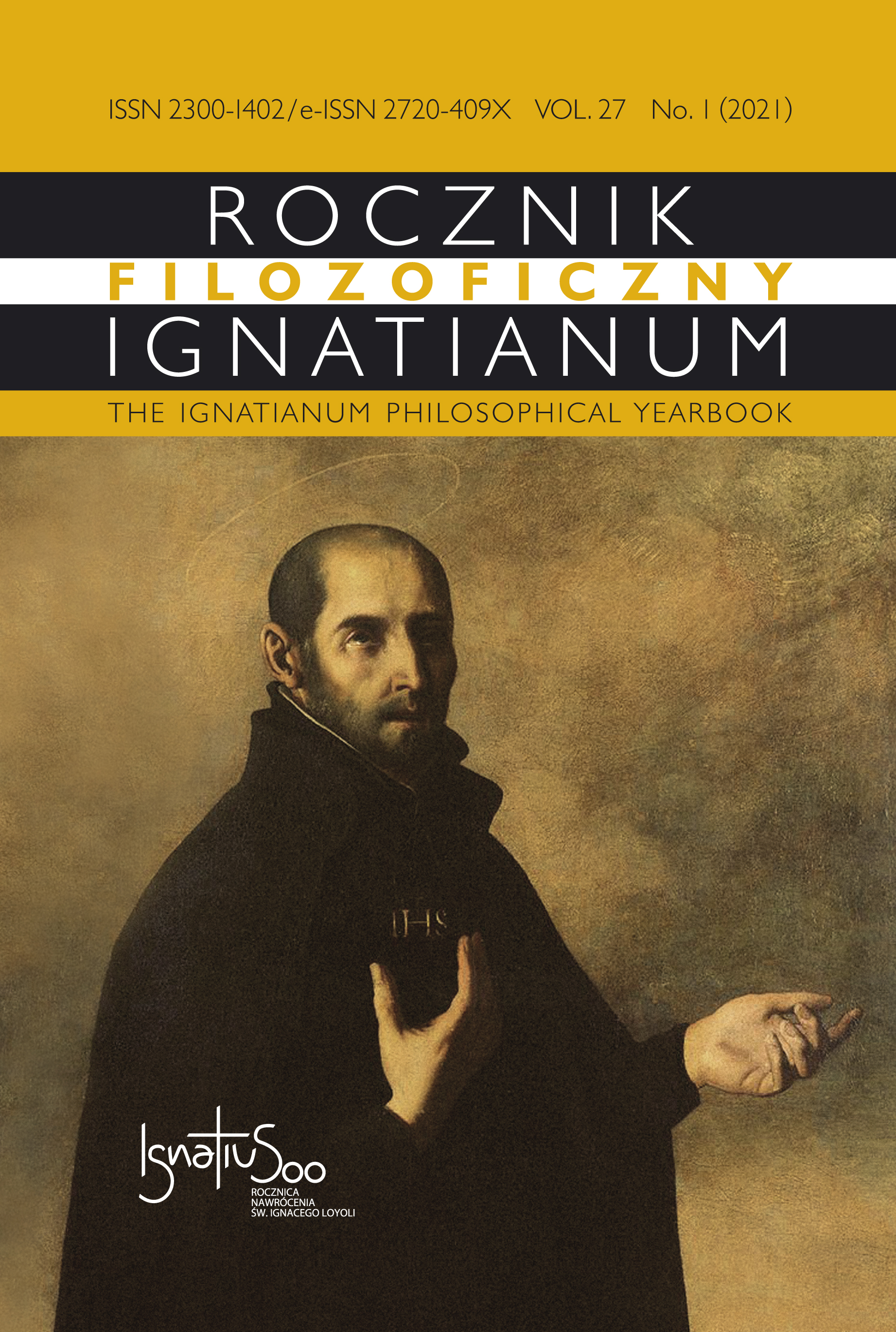Chinese in the Old Testament – Cornelius a Lapide SJ and his exegesis of Isaiah (49,12)
Abstract
In the Masoretic text of the Book of Isaiah (49.12) hapax legomenon ereṣ Sinim “land of Sinim” appears, which was translated by Targum Jonathan as ’rṣ drwm’ and by St. Jerome as terra Australis “southern land”. Meanwhile, in the Septuagint “the land of the Persians” is mentioned. The problematic biblical verse drew the attention of modern exegetes since the beginning of the 16th century, with the dissemination of the Bible polyglot printed editions, biblical research, and translations of the Old Testament into national languages. The correct interpretation of the toponym Sinim was proposed by Ulrich Zwingli in 1531 as Syene, hence Johann David Michaelis proposed the conjecture of ereṣ Swnim, which was confirmed in the scroll of Qumran (1QIsaa) found in 1947 as ereṣ Swniim. However, in the early modern biblical exegesis, ereṣ Sinim was still identified with Sinai according to St. Jerome’s interpretation, or new interpretations were proposed by biblical scholars. Jerónimo Osório da Fonseca was the first to propose identification with Sinarum regio “the kingdom of China”. This paper concerns the arguments brought together by Benito Arias Montano and Cornelis van den Steen (Cornelius a Lapide) SJ for the identification Sinim with China. These arguments are largely based on the geographical discoveries of the Portuguese and the hopes of Jesuit missionaries to convert the Ming dynasty to Christianity.
Copyright (c) 2021 Jesuit University Ignatianum in Krakow

This work is licensed under a Creative Commons Attribution 4.0 International License.
The Yearbook only accepts materials for publication that are free of all conflicts of interest, and that in no way involve conflicts over authorship, copyright, etc. The Editors will take action against any cases of plagiarizing, ghostwriting1, guest/honorary authorship2, etc. Where co-authored work is concerned, the Author listed first is expected to take responsibility for the submission, and is required to make clear the contributions of all of the Co-Authors involved. In the event of the publication owing its existence to funding dedicated to this purpose, this fact should be made clear: e.g. in any note of thanks/acknowledgement, or in a footnote, etc. Explicit notification should be given of any form of reprinting, with the appropriate evidence of permission to publish being furnished as required. Any impropriety on the part of Authors/Reviewers risks exposing them to appropriate responses from the relevant institutions.
______
1 This term refers to instances of a person who has made an essential contribution being omitted from the list of authors, or from notes conveying gratitude and/or acknowledgement.
2 This occurs when a person who has made either an insignificant contribution or no contribution at all nevertheless appears on the list of authors.





